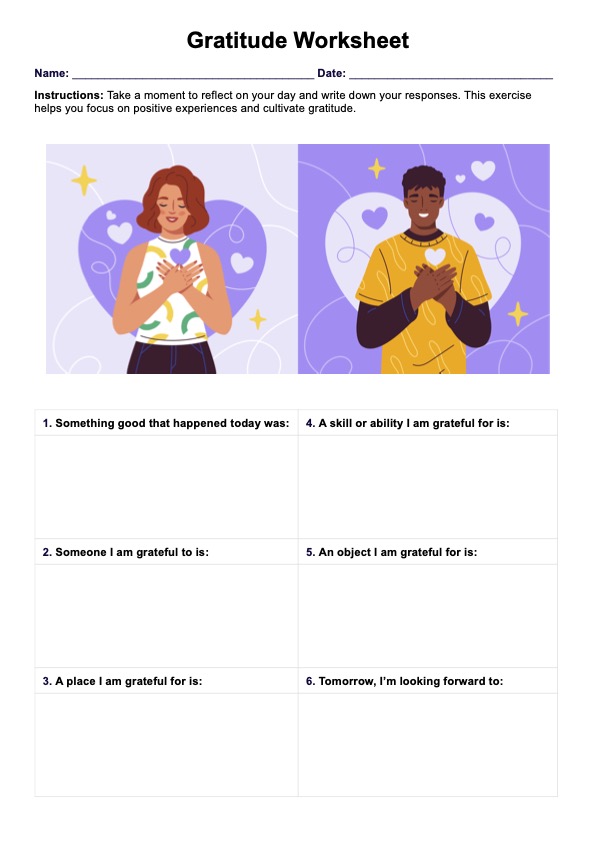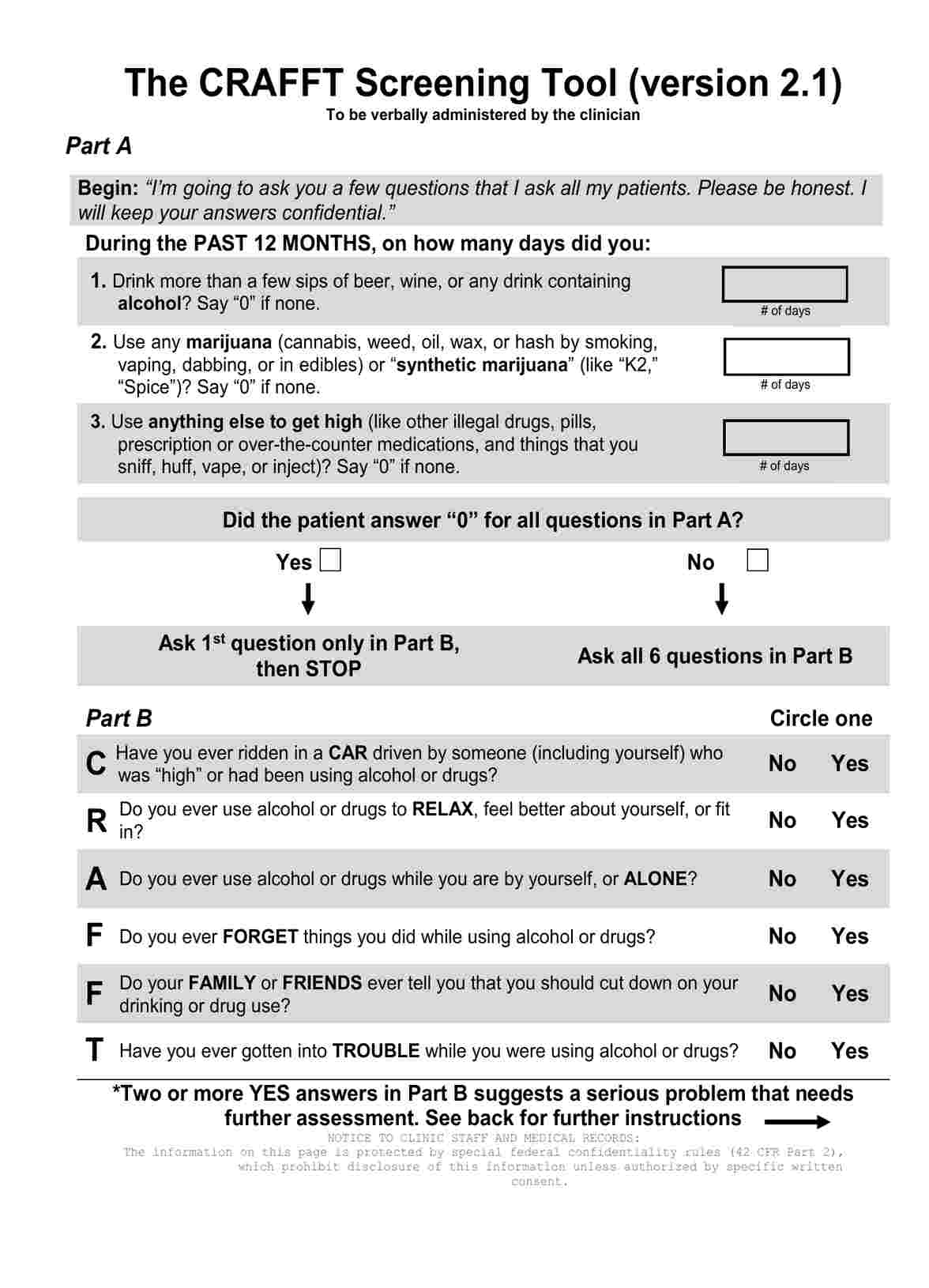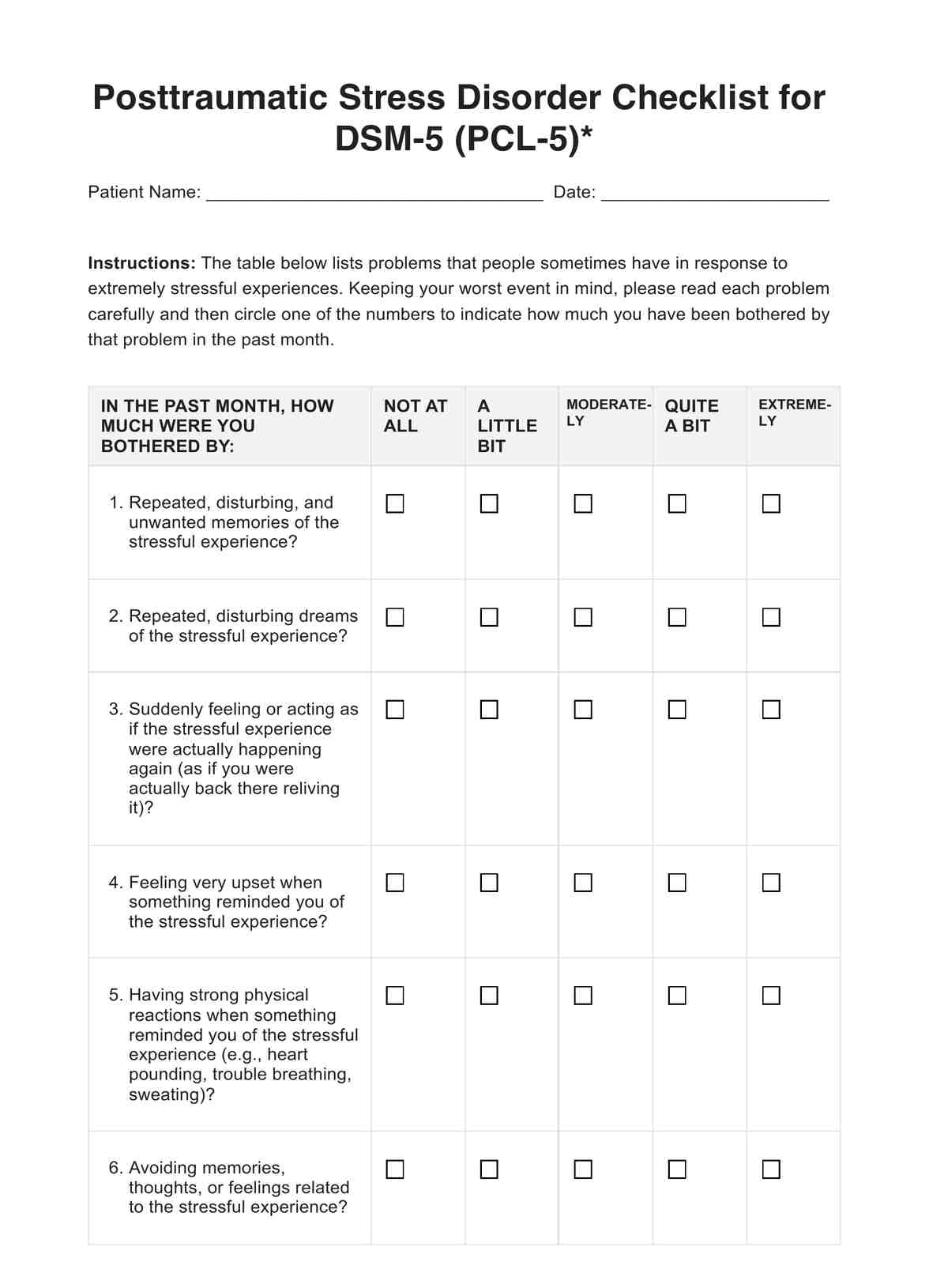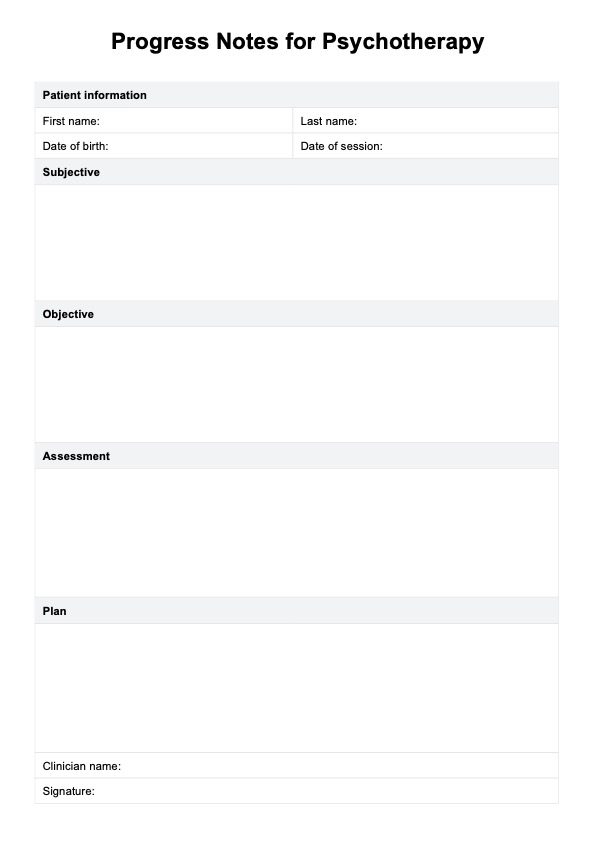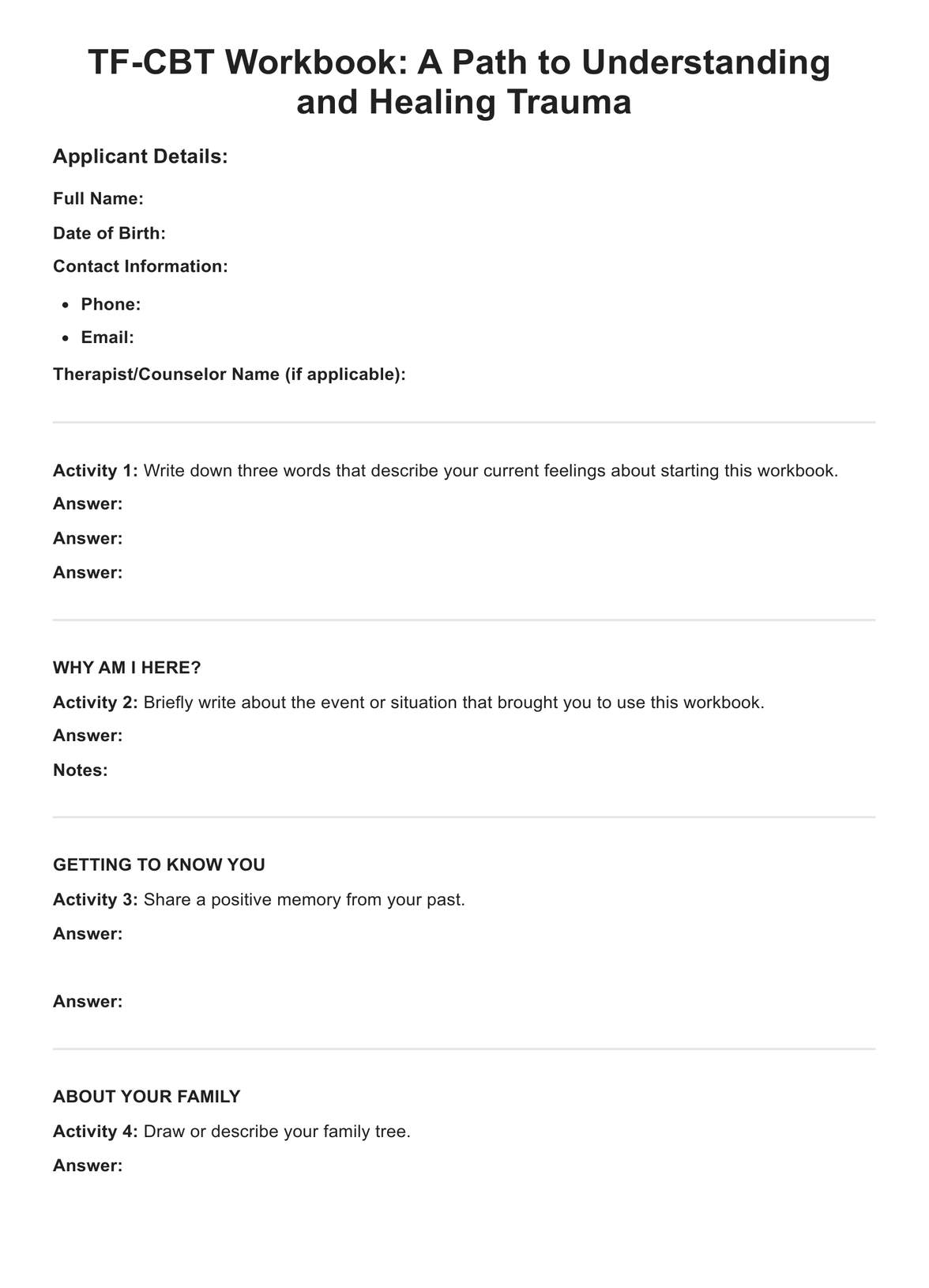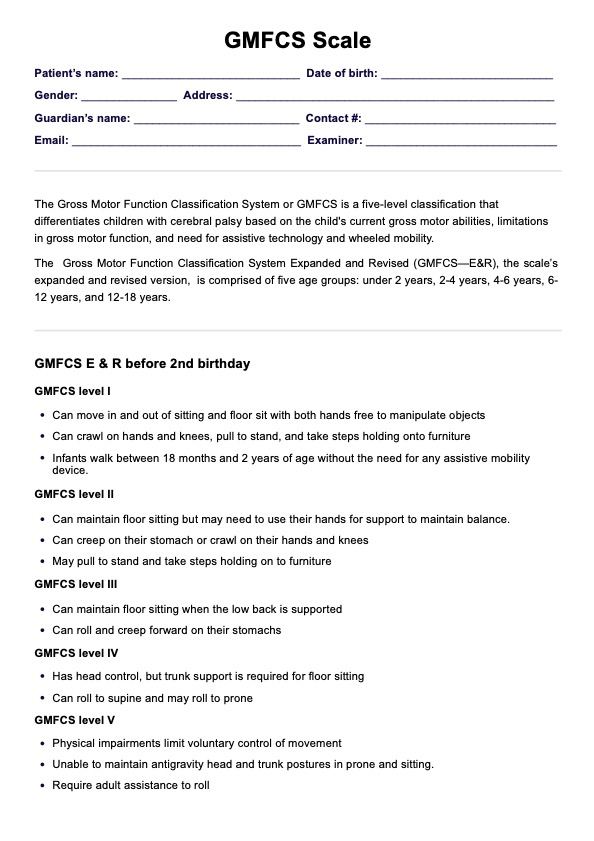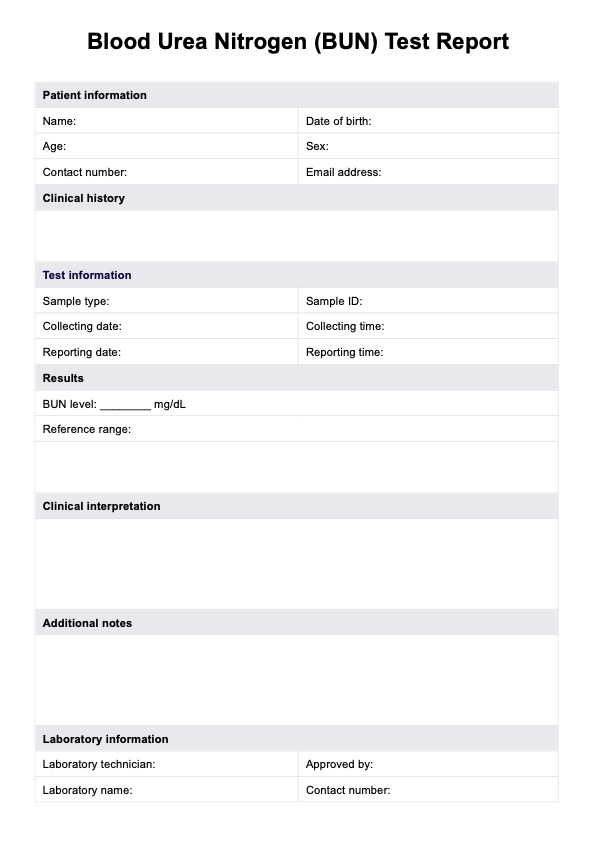Wender Utah Rating Scale
Unlock the insights of ADHD in adults with our Wender Utah Rating Scale guide – a comprehensive resource for accurate retrospective diagnosis.


What is the Wender Utah Rating Scale?
The Wender Utah Rating Scale (WURS) is a self-report instrument used to retrospectively assess the presence and severity of childhood attention deficit hyperactivity disorder cutoff in adults. It consists of 61 items, with a subset of 25 questions specifically associated with ADHD.
The maximum score is 100, and a cutoff score of 46 or higher is used to identify the likelihood of ADHD. The scale is sensitive in identifying childhood ADHD and may be helpful in the retrospective diagnosis of the disorder.
The WURS has also been adapted into a 25-item version (WURS-25), a condensed, self-report instrument designed to evaluate adults with suspicion of ADHD based on childhood symptoms. The WURS-25 has three subscales that indicate the problems experienced by the adult, and it is considered an essential adjunct for diagnosing ADHD in adults.
The scale was initially constructed to help adults describe their childhood behavior and has been found to have good psychometric characteristics, including reliability and factor structure, for both men and women.
Wender Utah Rating Scale Template
Wender Utah Rating Scale Example
ADHD symptoms
Adults with attention-deficit/hyperactivity disorder (ADHD) may experience a range of symptoms, which can vary from mild to severe. These symptoms can be categorized into inattention, hyperactivity, and impulsivity. Some common symptoms of adult ADHD include impulsiveness, disorganization, poor time management, difficulty focusing on tasks, restlessness, difficulty prioritizing, forgetfulness, and difficulty controlling impulses.
Adults with ADHD may also experience challenges in daily tasks, such as getting up in the morning, preparing to leave the house for work, and being productive on the job. ADHD is a developmental disorder that begins in childhood and continues into adulthood, and the symptoms can persist and impact daily functioning.
The diagnosis of ADHD in adults is based on the presence of persistent and disruptive symptoms that can be traced back to early childhood. The Diagnostic and Statistical Manual of Mental Disorders (DSM-5) provides criteria for the diagnosis of ADHD in adults, including the presence of specific symptoms of inattention and hyperactivity-impulsivity.
Trained healthcare providers should make a diagnosis, and the symptoms must be present in multiple settings and interfere with social, work, or other activities. It's essential for individuals experiencing these symptoms to seek an evaluation by a healthcare professional for an accurate diagnosis and appropriate management of adult ADHD.
How does this Wender Utah ADHD Rating Scale work?
WURS serves as a valuable self-report tool for assessing the likelihood of childhood attention deficit hyperactivity disorder (ADHD) in adults, contributing to the diagnosis of adult ADHD, a mental health condition.
Comprising 61 items, with a specific focus on 25 ADHD-related questions, the scale utilizes a scoring system, with a threshold of 46 or higher indicating a potential ADHD diagnosis.
This instrument relies on adults reflecting on their childhood behaviors, emphasizing the link between childhood symptoms and ADHD diagnosis. The WURS, exhibiting robust psychometric characteristics, aids in identifying early-onset ADHD, a mental disorder, and applies to both men and women. It plays a crucial role in mental health assessments, particularly for individuals dealing with attention deficit disorders.
While the WURS is a helpful tool, it's essential to underscore that it forms part of a comprehensive evaluation by healthcare professionals. This is crucial for accurate ADHD diagnosis in adults, ensuring that mental health conditions are appropriately identified and distinguished from normal variations in behavior.
Additionally, the scale's retrospective nature aligns with the examination of childhood symptoms, shedding light on potential connections between ADHD and substance abuse or other mental health challenges in depressed subjects.
Who is the rating scale for?
WURS is designed for adults and is used to retrospectively assess the presence and severity of childhood attention deficit hyperactivity disorder (ADHD) in adults. It is a self-report instrument that asks individuals to report on their childhood behaviors and symptoms related to ADHD.
The scale is specifically tailored to aid in diagnosing ADHD in adults based on their childhood symptoms. It consists of 61 items, with a subset of 25 questions specifically associated with ADHD, and is used to help link childhood symptoms with patterns of behavior in adulthood.
The scale is limited by the patient's capacity to recall memories from childhood, and the responses are scored to assess the likelihood of having ADHD during childhood.
Optimal situations for utilizing the Wender Utah Rating Scale in adult ADHD assessment
WURS emerges as a pivotal self-report questionnaire comprising inquiries related to experience symptoms, offering a specialized approach in specific situations for assessing adults for Attention Deficit Hyperactivity Disorder (ADHD). This diagnostic tool is particularly beneficial in the following scenarios:
Retrospective diagnosis
The WURS is instrumental in the retrospective diagnosis of childhood ADHD in adults, especially when there is a suspicion of ADHD based on current symptoms. By retrospectively assessing childhood behaviors and symptoms related to ADHD, it provides a nuanced understanding of the individual's ADHD history.
Diagnostic tool
Acting as a diagnostic tool, the WURS facilitates the evaluation of adults with suspected ADHD. It effectively links childhood symptoms with current behavior patterns, aiding in the accurate diagnosis of ADHD in adults, particularly when assessing unipolar depression and exploring potential genetic determinism.
Clinical assessment
Integrated into comprehensive clinical assessments, the WURS gathers crucial information about an individual's childhood experiences and ADHD-related symptoms. Aligned with the standards of the American Psychiatric Association, this tool assists healthcare providers in accurately diagnosing adult ADHD, particularly in situations involving ambiguous adult psychopathology and interpersonal problems.
Recommended reading
Here are some recommended reading resources for understanding ADHD and mental health:
Driven to Distraction by Edward M. Hallowell and John J. Ratey
This is a longstanding classic in the field of ADHD literature. The book explores the various forms of ADHD, from hyperactivity to inattention, through adult and child patients' vivid stories and case histories. Since its publication in 1994, the book has earned its reputation as the definitive ADHD reference book.
It is highly informative and helpful, providing practical advice and insights for individuals with ADHD. The book is grounded in clinical experience and offers a comprehensive understanding of Attention Deficit Disorder, making it an essential resource for anyone seeking to learn more about this mental health condition.
Women with Attention Deficit Disorder by Sari Solden
Solden's book is a valuable resource exploring how ADHD manifests, especially in women. It offers insights into women's experiences with ADHD, providing strategies for embracing the diagnosis and prioritizing one's needs.
The groundbreaking study reveals that ADHD affects women as much as men, causing symptoms like depression and anxiety. The book delves into treatment options and uses real-life cases to highlight challenges women with ADHD face, such as societal expectations.
It validates women's experiences with ADHD, empowering them and offering essential insights. A must-read for women with ADHD, their partners, and mental health professionals, the book is available in paperback, Kindle, and audiobook formats for accessibility.
You Mean I'm Not Lazy, Stupid, or Crazy?! The Classic Self-Help Book for Adults with Attention Deficit Disorder by Kate Kelly and Peggy Ramundo
This offers strategies and lifestyle hacks for individuals with ADHcutoffrovides a fresh perspective on living with the condition. The book is a valuable resource for adults with ADHD, providing practical advice and insights for embracing the diagnosis and prioritizing one's needs.
It is available in various formats, including paperback and pre-owned versions, making it accessible to many readers. The book is well-received and recommended for individuals seeking practical guidance and a deeper understanding of living with ADHD.
Taking Charge of Adult ADHD by Dr. Russell A. Barkley
Dr. Barkley's guide is a comprehensive resource for adults with ADHD, offering practical advice on symptom management, working with schools, and developing effective techniques. The book provides step-by-step strategies to reduce the harmful impact of symptoms, accompanied by self-assessment tools, skills-building exercises, and precise answers to common questions about medications and treatments.
Specific techniques are outlined for overcoming challenges in critical areas like finances and relationships, making it a valuable resource for adults ready to reclaim their lives from ADHD. The science-based approach and practical strategies recommended in the book are highly praised, making it a one-stop authoritative resource for individuals aiming to achieve their goals in various aspects of life.
Commonly asked questions
The scale is a self-report questionnaire comprising questions about childhood behaviors used to assess the likelihood of attention deficit hyperactivity disorder (ADHD) in adults.
The cutoff for the scale is typically set at a score of 46 or higher. Scores at or above this threshold indicate a likelihood of ADHD.
The scoring of the scale involves assessing responses to various questions related to childhood symptoms. A total score is calculated, and a cutoff of 46 or higher is used for ADHD likelihood.


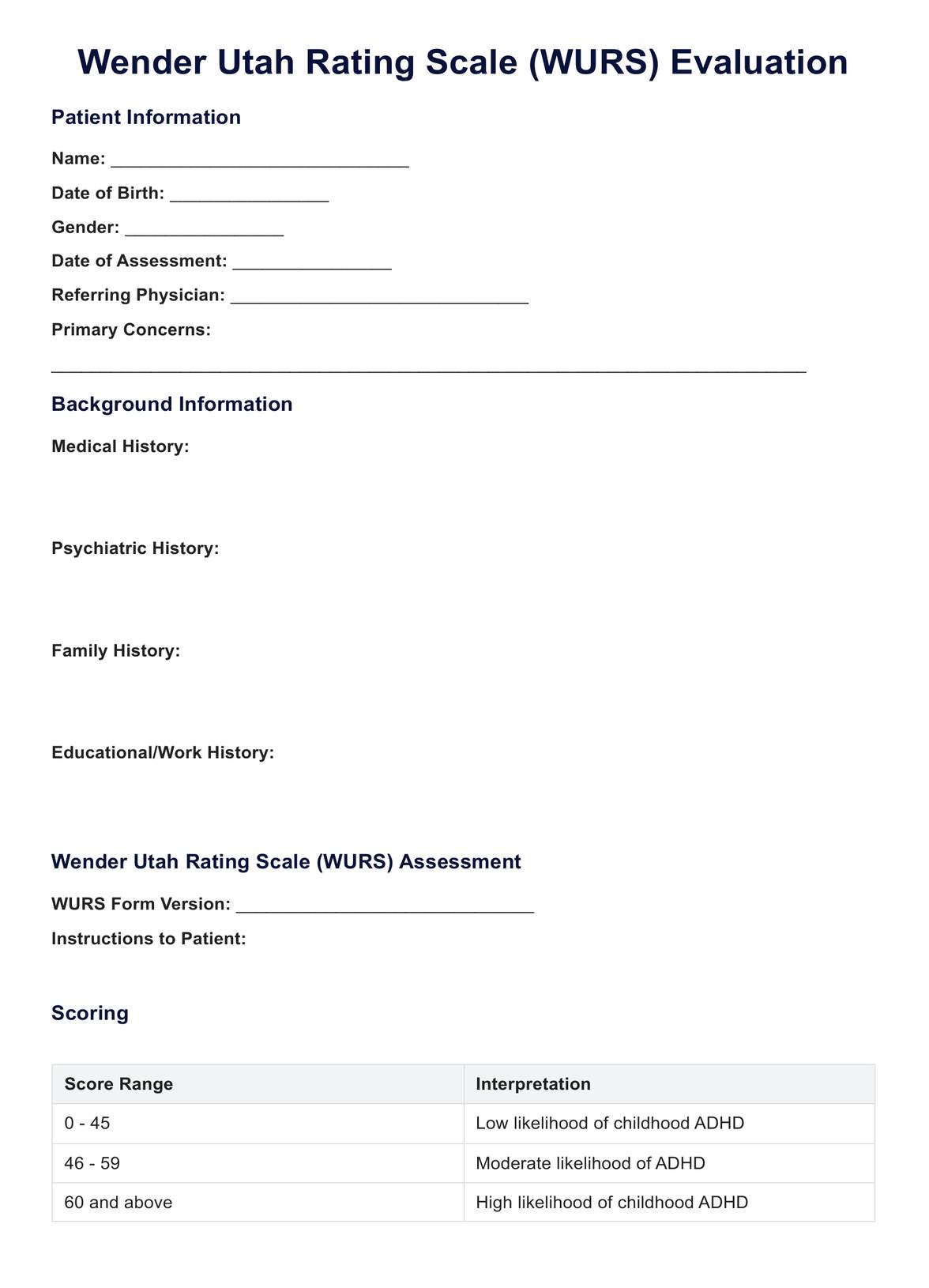
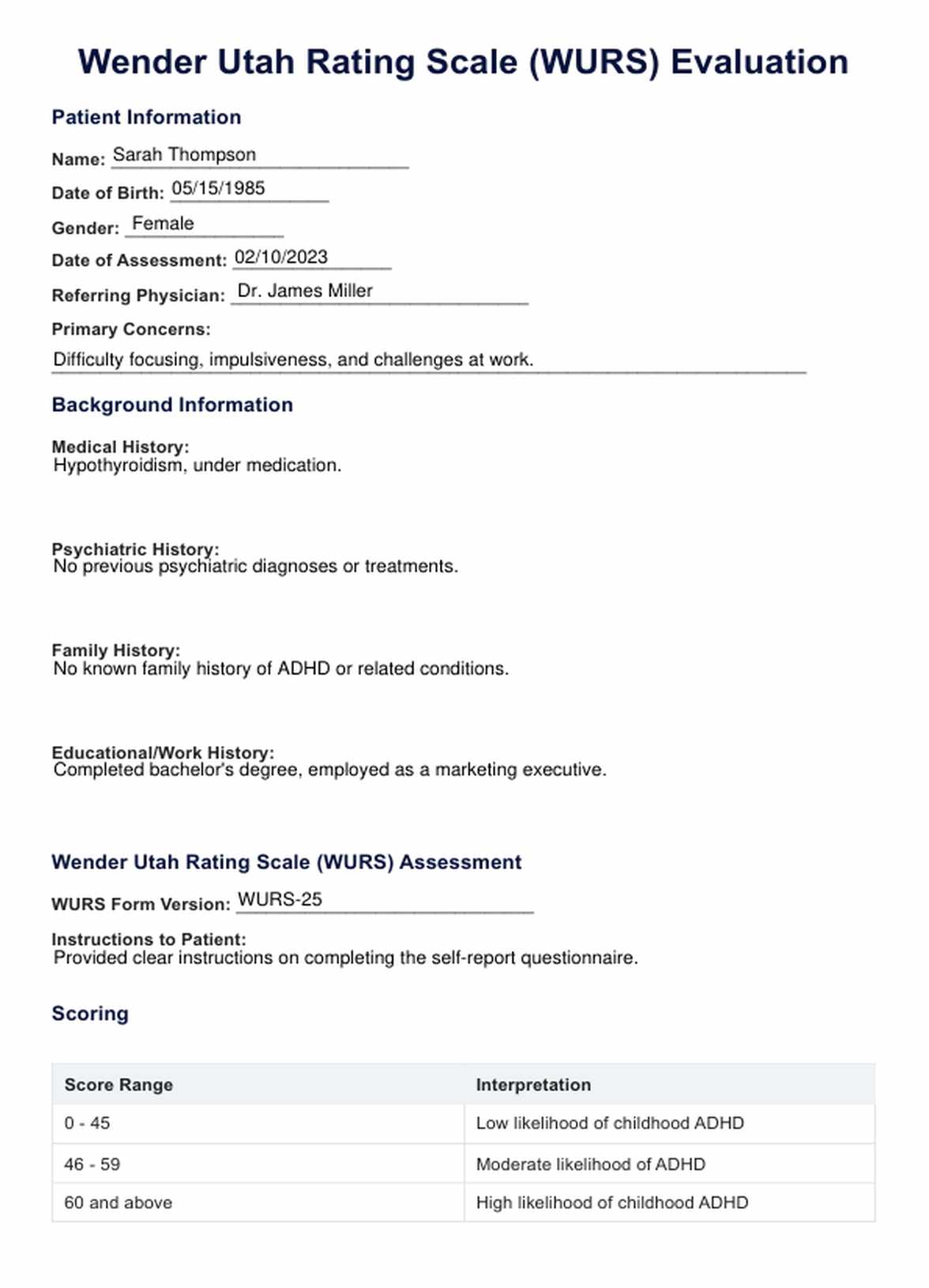
















-template.jpg)




















































































